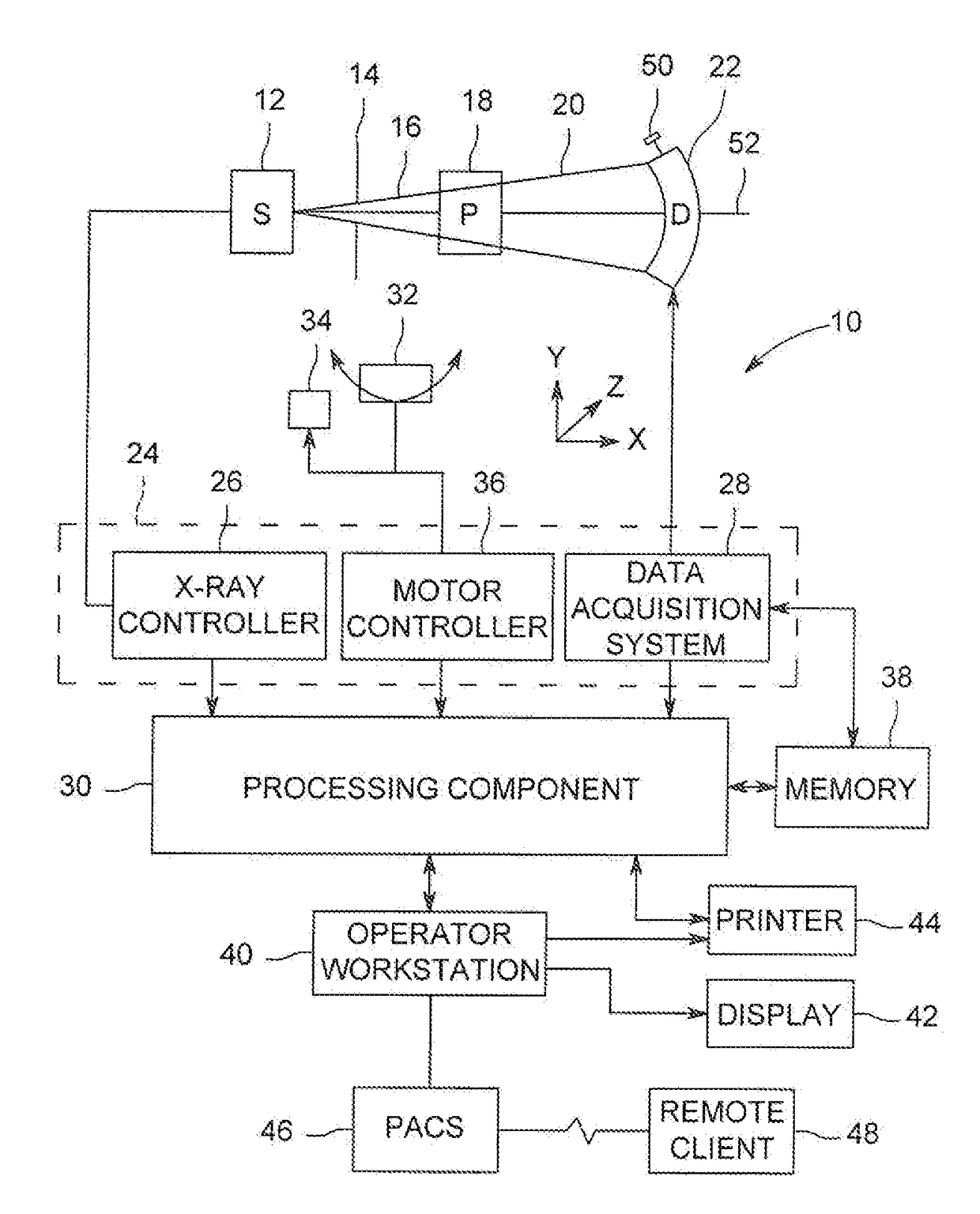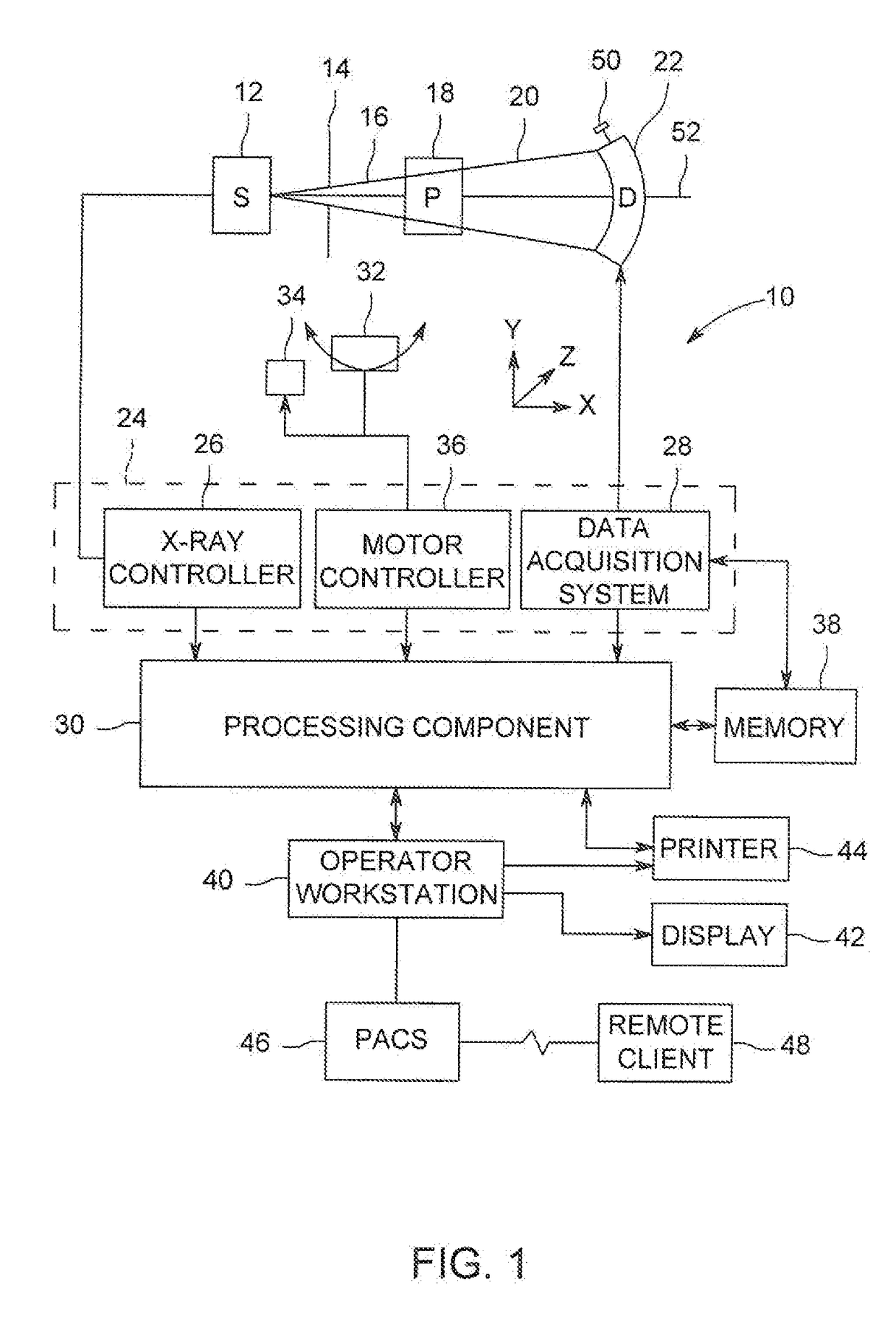Fluoroscopic Guidance System With Offset Light Source and Method Of Use
a fluoroscopic guidance system and light source technology, applied in the direction of patient positioning for diagnostics, radiation diagnostic clinical applications, applications, etc., can solve the problems of limiting the effectiveness of the positioning device by the clinician, and the possibility of positioning the imaging system
- Summary
- Abstract
- Description
- Claims
- Application Information
AI Technical Summary
Benefits of technology
Problems solved by technology
Method used
Image
Examples
Embodiment Construction
[0019]In the following detailed description, reference is made to the accompanying drawings that form a part hereof, and in which is shown by way of illustration specific embodiments, which may be practiced. These embodiments are described in sufficient detail to enable those skilled in the art to practice the embodiments, and it is to be understood that other embodiments may be utilized and that logical, mechanical, electrical and other changes may be made without departing from the scope of the embodiments. The following detailed description is, therefore, not to be taken in a limiting sense.
[0020]Exemplary embodiments of the invention disclosed herein relate to a system and method for identifying an optimal trajectory for the insertion of an interventional device into a patient and displaying the position of the device as it is inserted into the body of the patient towards an area of interest.
[0021]The system and method disclosed herein may be suitable for use with a range of ima...
PUM
 Login to View More
Login to View More Abstract
Description
Claims
Application Information
 Login to View More
Login to View More - R&D
- Intellectual Property
- Life Sciences
- Materials
- Tech Scout
- Unparalleled Data Quality
- Higher Quality Content
- 60% Fewer Hallucinations
Browse by: Latest US Patents, China's latest patents, Technical Efficacy Thesaurus, Application Domain, Technology Topic, Popular Technical Reports.
© 2025 PatSnap. All rights reserved.Legal|Privacy policy|Modern Slavery Act Transparency Statement|Sitemap|About US| Contact US: help@patsnap.com



